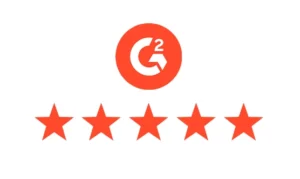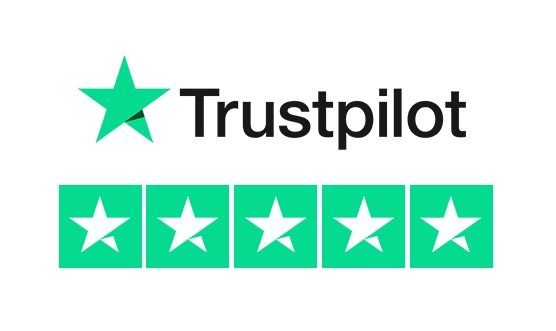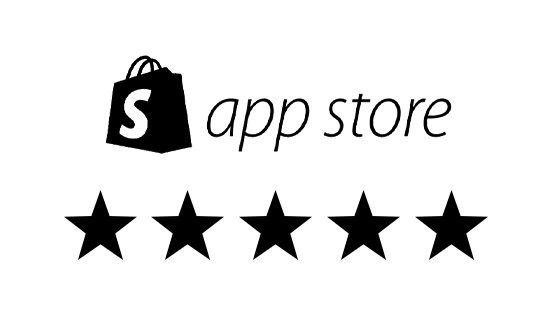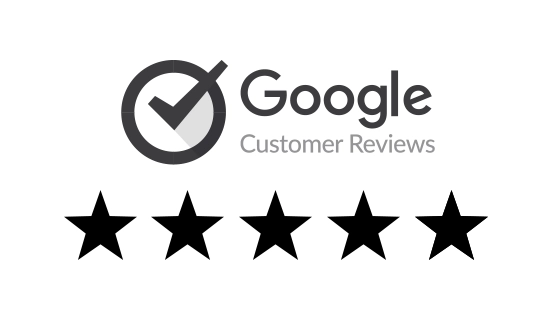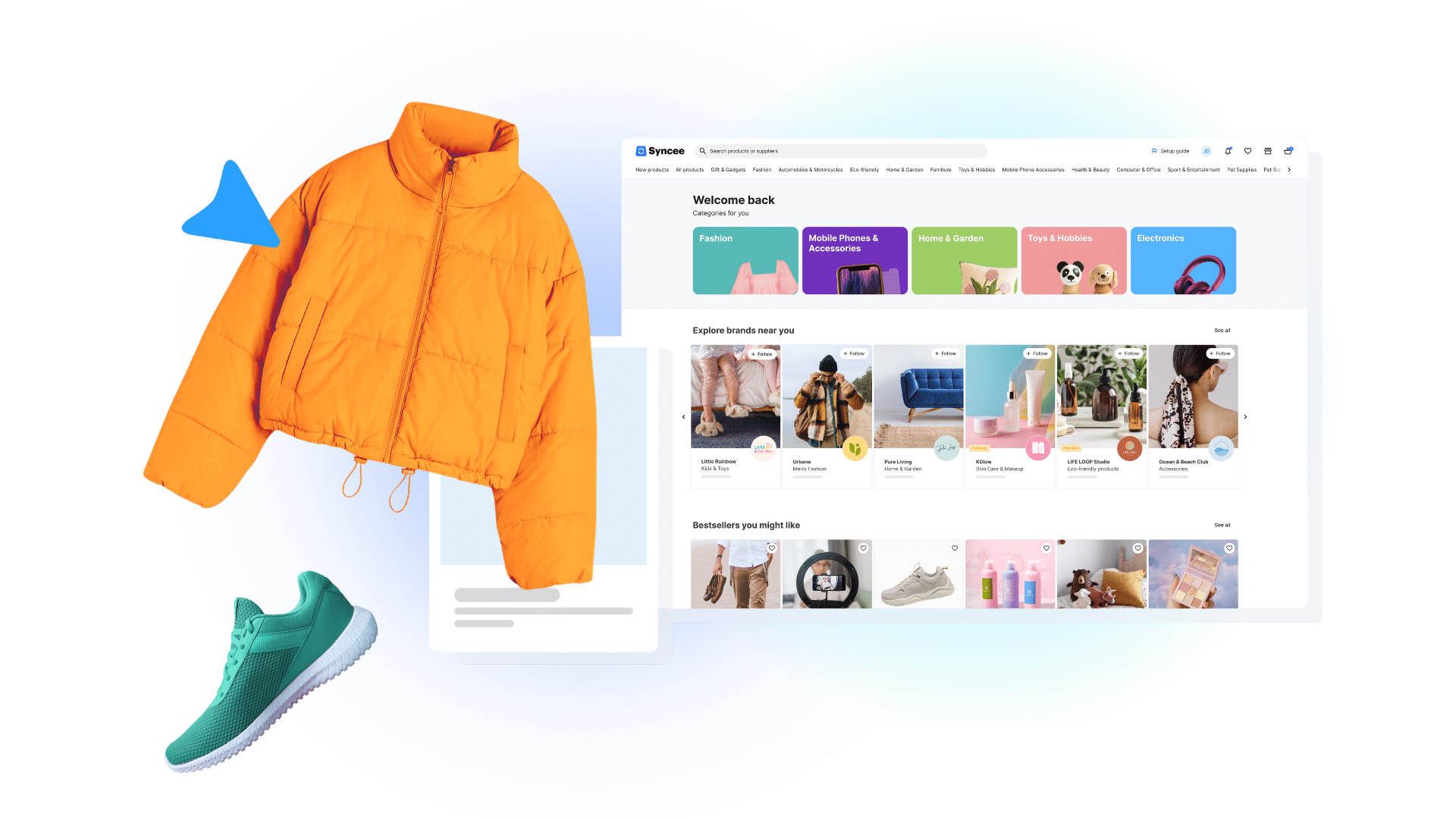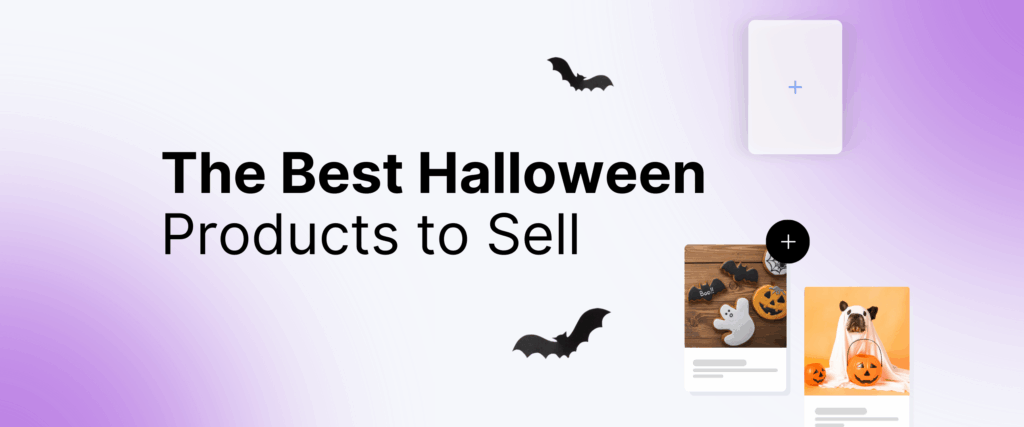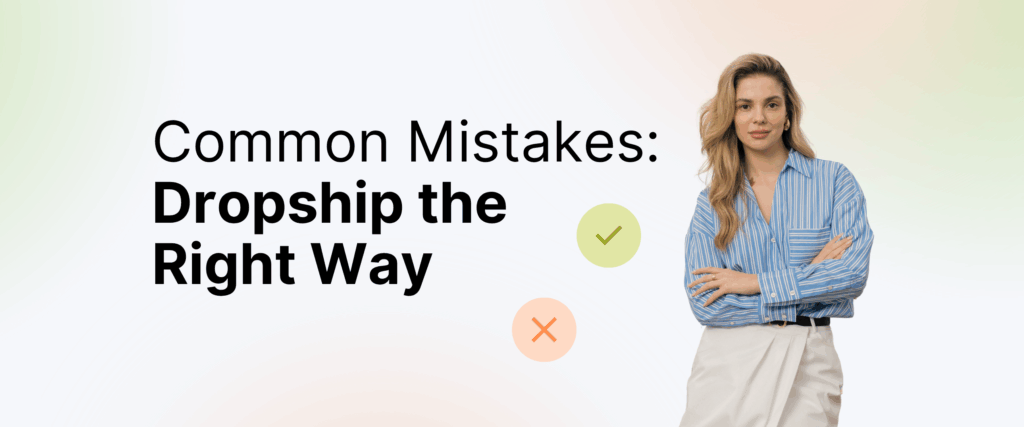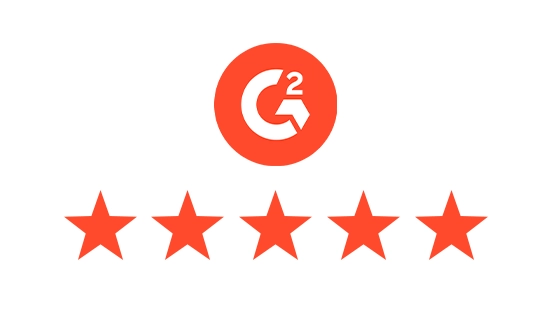Running a successful online business isn’t just about finding the right products and setting up a good-looking store. One of the most crucial aspects of your store’s long-term profitability lies in implementing the right pricing strategies for dropshipping. Without an effective pricing model, even a well-designed store with trending products can quickly become unprofitable.
In this guide by Syncee, we’ll walk you through everything you need to know about developing strong pricing strategies for dropshipping stores. Whether you’re a beginner or an experienced entrepreneur, this article is packed with tips, formulas, and tools to maximize your margins while keeping customers happy.
Why Pricing Strategy Matters in Dropshipping
At Syncee, we understand how overwhelming pricing decisions can be—especially for new dropshippers to price dropshipping products. That’s why we provide built-in tools that simplify the process, such as Recommended Retail Prices (RRP), profit margin settings, and product cost transparency. These features empower you to make informed decisions, enabling you to apply the right strategy from day one. With access to thousands of suppliers and relevant product data, Syncee helps you maintain profitable pricing while staying competitive in the market.

Having solid pricing strategies for dropshipping is the foundation of a successful dropshipping business. It affects not only your profit margins but also how customers perceive your brand. Unlike traditional retail, dropshipping has a unique cost structure where you don’t handle inventory but must manage slim margins carefully. It’s important, besides setting up your shipping.
Dropshippers need to factor in a variety of elements such as product cost, shipping fees, transaction fees, and marketing expenses. A strong pricing strategy ensures you remain competitive in the market while maintaining a healthy profit.
- The Unique Nature of Dropshipping: Unlike traditional retail, dropshipping doesn’t require inventory or warehousing. However, this convenience comes with tighter margins, making accurate pricing more important than ever.
- Profitability Depends on Precision: With variable supplier costs, shipping fees, transaction fees, and marketing expenses, only well-thought-out pricing strategies for dropshipping can keep your profit margins sustainable.
- Customer Perception: Your prices signal value and quality. Prices that are too low may deter buyers, while prices that are too high could send them to competitors. Strategic pricing ensures a competitive yet profitable edge.
Key Elements That Influence Prices
Understanding the components that go into your pricing is critical for building effective pricing strategies for dropshipping. Each sale you make must cover multiple costs and still leave you with a profit. These components serve as the building blocks for calculating your prices.
By having a clear view of each cost element and adjusting accordingly, you can make smarter pricing decisions that ensure your business remains viable and scalable. So it’s worth thinks about pros cons as well.
- Cost of Goods Sold (COGS): The base product cost you pay your supplier. In Syncee, you can easily access product costs from various trusted suppliers.
- Shipping Fees: Shipping charges must be accounted for, especially if you offer free shipping. Many merchants build this cost into the product price.
- Transaction & Platform Fees: Include Shopify, PayPal, Stripe, and any other third-party transaction fees. Typically, these range from 2%–5% per sale.
- Marketing and Advertising: Paid ads (Facebook, Google, TikTok, etc.) eat into your margins. Calculate an average customer acquisition cost and factor it into your price.
- Profit Margin: This is your final reward after all expenses. Most stores aim for 20–60%, depending on the niche and competition.

Best Pricing Strategies for Dropshipping
Once you understand your cost structure, the next step is choosing a pricing method. There are several reliable pricing formulas tailored for dropshipping. Each method has its strengths, and the best one for you will depend on your niche, competition, and business goals.
These calculation strategies are vital to build effective and sustainable pricing strategies for dropshipping.
Basic Formula Approach
This foundational method is widely used among dropshippers for its flexibility and adaptability across various niches. It accounts for all major cost contributors, ensuring that your price not only recovers your investment but also includes a healthy profit margin. This method is particularly useful if you run paid advertising campaigns or sell internationally where fees can vary. It forms a reliable cornerstone among the many pricing strategies for dropshipping, especially when accuracy and cost coverage are your top priorities.
Formula: Retail Price = (Product Cost + Shipping + Fees + Ads) x Profit Multiplier
Example Calculation
- Product Cost: $15
- Shipping: $5
- Fees: $2
- Ads: $8
- Profit Multiplier: 1.5
Final Price = ($15 + $5 + $2 + $8) x 1.5 = $45
This ensures you’re not only covering all costs but also making a decent profit.
Keystone Markup
Keystone pricing is one of the most straightforward methods used in retail. It simply involves doubling your product cost. While it may not work in every situation—especially when dealing with high advertising costs—it’s a quick and practical solution for competitive niches where price comparisons are frequent and speed of decision-making is crucial.
Formula: Retail Price = Product Cost x 2
Tiered Pricing
Tiered pricing allows you to offer various versions or quantities of a product at different price points. This technique appeals to different customer budgets and can increase average order value. It’s highly effective for upselling and bundling strategies and pairs well with psychological pricing to emphasize perceived savings. This method is also one of the more adaptable pricing strategies for dropshipping, especially when targeting diverse customer segments or promoting bulk offers.
For example:
- Single item: $19.99
- Pack of 3: $49.99 (save $10)
- Pack of 5: $79.99 (save $20)
This flexibility makes it easier to cater to both budget-conscious shoppers and high-volume buyers.

Best Practices
Developing strong pricing strategies for dropshipping is more than just applying a formula. You need to be proactive and data-driven. Best practices help refine your strategies and avoid common pitfalls that can damage your business in the long run.
These tactics ensure your pricing stays competitive, profitable, and in tune with market trends.
- Understand Your Market: Do a competitor analysis using tools like Google Shopping, Syncee Marketplace, and Amazon. Identify average market prices.
- Use Dynamic Pricing Tools: Automate your pricing strategies for dropshipping using tools that adjust prices based on demand, cost changes, and competitor pricing.
- Factor in Refunds and Returns: Even a small percentage of returns can affect your profit. Add a buffer in your pricing to handle such incidents.
- Monitor and Adapt: Track your performance using Shopify analytics or external tools like Lifetimely. Adjust prices for underperforming or high-return products.
- Use Syncee’s RRP Recommendation: Syncee shows a Recommended Retail Price (RRP) for products. Use this as a baseline, then adjust based on your research and goals.

Pricing Based on Product Type & Niche
Different products demand different pricing strategies. What works for low-ticket impulse buys might fail for luxury items. Understanding the type of product you’re selling helps tailor your pricing strategies for dropshipping effectively.
- Low-Cost Impulse Products: For items under $20, go for volume. Use competitive pricing and upsell strategies.
- Mid-Range Bestsellers: These products allow a 2–3x markup. Monitor competitors closely.
- Premium & Branded Items: Use value-based pricing. Focus on customer experience, branding, and exclusive offers.
Psychological Pricing Techniques
Psychological pricing taps into customer behavior and decision-making instincts. This strategy uses subtle cues that influence perception and drive conversions—often without the buyer realizing it. By leveraging the right psychological triggers and pricing psychological, your pricing strategies for dropshipping can effectively increase sales and average order values without having to resort to steep discounts.
- Charm Pricing: Prices ending in .99 or .95 create the illusion of a bargain. Customers tend to round down and perceive the item as more affordable than it really is.
- Anchor Pricing: Show a higher original price next to a discounted one. This tactic makes the discounted price feel like a deal and enhances perceived value.
- Bundle Pricing: Offer multiple products together at a reduced rate. This not only increases average cart size but also gives customers the impression they’re getting more for less.
- Scarcity & Urgency: Creating time-limited offers or low-stock alerts encourages faster decision-making. Scarcity taps into fear of missing out (FOMO), which is a powerful motivator in online shopping.

How to Test and Optimize Pricing
Even the best prices need testing and fine-tuning over time. Your initial price points are just starting positions. Regular experimentation and data analysis will help refine your pricing strategies for dropshipping, making sure they stay aligned with changing trends, customer behaviors, and costs. Testing not only improves your margins but also increases customer satisfaction.
Even the best dropshipping pricing strategies can benefit from continuous testing and improvement. Running tests and analyzing customer behavior helps you fine-tune your pricing strategies for dropshipping for maximum returns.
A/B Testing
A/B testing, also known as split testing, allows you to experiment with two or more pricing variations for the same product. You present each version to different segments of your audience and measure which pricing structure drives more conversions, higher average order value, or better retention. This approach provides data-driven insights and minimizes guesswork. For best results, ensure your test groups are similar in size and behavior, and only test one variable at a time.
Customer Feedback
Customer feedback offers qualitative insights into how your audience perceives your pricing. It can reveal whether customers see your products as too expensive, fairly priced, or even undervalued. Collect feedback through post-purchase surveys, email follow-ups, live chat interactions, or reviews. Analyzing this feedback can help you uncover trends and justify adjustments in your pricing strategies for dropshipping.
Analytics Tracking
Analytics tools like Google Analytics, Shopify reports, or Syncee integrations allow you to monitor key performance metrics such as conversion rate, average order value (AOV), and cart abandonment rate. These metrics offer actionable insights into how pricing impacts customer behavior and help refine your pricing strategies for dropshipping. For example, a high abandonment rate could signal that your pricing isn’t aligned with perceived value or that unexpected costs (like shipping) deter customers at checkout.
Seasonal Adjustments
Seasonal pricing allows you to capitalize on fluctuations in demand throughout the year. During holidays, sales events, or even slow seasons, adjusting prices can help maintain sales momentum or boost profitability. For instance, slightly increasing prices during peak buying periods (like Black Friday) may not affect conversion but could significantly lift margins. Conversely, offering discounts during low-traffic months can help clear inventory and maintain cash flow. Leveraging these patterns as part of your pricing strategies for dropshipping ensures long-term adaptability and better responsiveness to market trends.

Pricing Pitfalls to Avoid
Even with the best intentions, many dropshipping store owners fall into common pricing traps that can harm profitability and long-term growth. Avoiding these mistakes is just as critical as choosing the right strategy. By staying alert to these pitfalls, you can protect your margins and brand reputation. This section complements your pricing strategies for dropshipping by helping you recognize what not to do when learning pricing effectively.
- Underpricing: While setting a low price may attract buyers in the short term, it often leads to razor-thin margins or even losses. Over time, you may struggle to cover costs or scale your business. Sustainable pricing should balance affordability with profitability.
- Ignoring Hidden Costs: Dropshippers often forget to account for all expenses, such as transaction fees, ad spend per order, app subscriptions, and occasional refunds. These can add up quickly, eating into your profits. Always use comprehensive cost calculations.
- Being Too Rigid: Pricing isn’t set in stone. If you don’t adapt based on customer behavior, market shifts, and performance data, you could be losing out on opportunities. Regular adjustments are key to remaining competitive.
- Copying Competitors Blindly: Your competitors may have entirely different cost structures, supplier agreements, or marketing budgets. What works for them may not work for you. It’s important to build your own pricing model that reflects your unique business context.
Tracking Profitability Metrics
Once your pricing is live, the job isn’t over. You need to continuously track your profitability. Monitoring key financial metrics allows you to identify which pricing strategies for dropshipping are working and which need improvement. Without regular evaluation, you risk running a business that’s operating at a loss without even realizing it. These metrics offer clear signals on when to increase prices, cut costs, or rethink product offerings. For a marketing strategy and profit calculator, please check our other article.
Gross Margin
(Retail Price – COGS) / Retail Price
Gross margin reveals the portion of sales revenue that exceeds the cost of goods sold. It is one of the most vital indicators of profitability. A higher gross margin suggests more flexibility in your budget for marketing, discounts, or reinvestment into your business.
Net Profit
Revenue – (COGS + Ads + Fees + Returns)
Net profit takes into account all operational costs and shows your actual earnings after all expenses. This metric helps determine how well your pricing strategies for dropshipping support your business’s long-term growth and sustainability.
Break-Even Point
How many units must be sold to cover your total cost.
Your break-even analysis helps determine the minimum performance level needed to avoid losses. If your store consistently falls short of this threshold, you may need to re-evaluate your product offerings, reduce costs, or raise prices.
Tools for Tracking
Use Syncee tools or integrations like Lifetimely, ProfitCalc, or spreadsheets to better implement your pricing strategies for dropshipping.
Utilize specialized tools that track revenue, expenses, and profitability in real-time. Syncee integrates with platforms like Shopify to provide product-specific pricing insights. Apps such as Lifetimely and ProfitCalc can visualize cash flow and customer lifetime value, giving you a fuller picture of financial health.

Final Thoughts – Checklist for Setting Up Your Pricing Strategy
Before launching or adjusting your dropshipping prices, it’s crucial to ensure you’ve covered all financial bases. A clear checklist helps you avoid missteps and ensures that your strategy supports growth and long-term success. These steps are foundational when determining your pricing, making sure your pricing strategies for dropshipping are not only profitable but also sustainable. The following points summarize the essential actions every dropshipper should take when finalizing a pricing structure.
- Calculate total cost (COGS, shipping, fees, ads): Identify all expenses related to each product.
- Set your desired profit margin: Determine a target margin that sustains your business goals.
- Benchmark against competitors: Compare your pricing with similar products in your niche.
- Test various pricing techniques: Apply methods like keystone markup, tiered pricing, or psychological pricing.
- Use Syncee’s built-in price suggestions: Take advantage of Syncee’s RRP data to set a competitive yet profitable price.
- Track sales and profitability continuously: Monitor financial performance through analytics tools and integrations.
Frequently Asked Questions
What are the best pricing strategies for dropshipping for beginners?
Start with a simple cost-plus pricing model. Add up your total cost (including shipping and ads) and multiply by 1.5–2. Use Syncee’s RRP as a baseline. This is one of the easiest pricing strategies for dropshipping to apply for newcomers, giving a strong foundation while you learn how to optimize based on real results.
How often should I update my dropshipping prices?
At least monthly. However, monitor key products weekly and adjust if you see shifts in competition, demand, or supplier costs. Regular updates are essential to ensure your pricing strategies for dropshipping remain aligned with evolving trends and profitability goals.
Should I offer free shipping or include it in the product price?
Yes, but include the shipping cost in your product price. Buyers prefer “free” shipping even if the product price is slightly higher. Incorporating this approach into your pricing strategies for dropshipping can improve conversions and simplify the buying experience.



